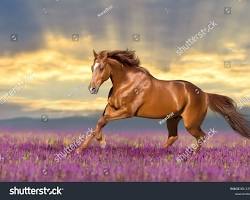Rediscovering short stories thanks to my U3A group. We’ve gone from the Russians (Tolstoy, Chekhov, Turgenev and Gogol) to Hemingway, and now, Alice Munro. Next stop: Katherine Mansfield.
Recent revelations about Munro’s personal life were a shock for me, but her stories remain masterpieces. We read “The Red Dress,” “Boys and Girls,” and “The Peace of Utrecht.” Her style reminds me of the Russians – rich detail, symbolism, and strong plots that end with a bang.
Just finished Katherine Mansfield’s “Daughters of the Last Colonel.” It’s modernist, but compared to Munro (and even Hemingway), it felt a bit lacking in depth and richness. Very clever and ironic but without the passion of the other stories.
My favourite story was “Boys and Girls” where the main character defies her father and holds the gate open for a tempestuous mare to escape. She knows escape is futile and that the horse will be captured and killed for fox feed but she lets it out anyway. The elaborate context of this symbol means that it works almost subconsciously. She knows that her coming of age as a woman will condemn her to an inferior status in life (rural Canada in the 1950s) but she can’t fight against the tide of her femininity.
The Peace of Utrecht was another fabulous story about the ties that bind us and the delicate hierarchies and tensions in a family. The title refers to a peace treaty that settled some of Canada. The narrator found an old school essay she had written about it and it’s a perfect metaphor for the the uneasy peace in her family.
I’ve chosen to separate Alice Munro the person from Alice Munro the writer. Her stories are treasures. Maybe artists are merely conduits for our cultural heritage.
And no wonder she won the Nobel Prize and no wonder they call her the Chekhov of Canada.

Comments by admin
Prevention is best
Thank you Denyse.
Implants after HNC part 2
John, it is hard to have discomfort in the mouth. ...
Implants after HNC part 2
Thanks Jan!
Implants after HNC, part 2a
Thanks Cheril. You are a legend too!
Implants after HNC, part 2a
We are both girls of our generation.